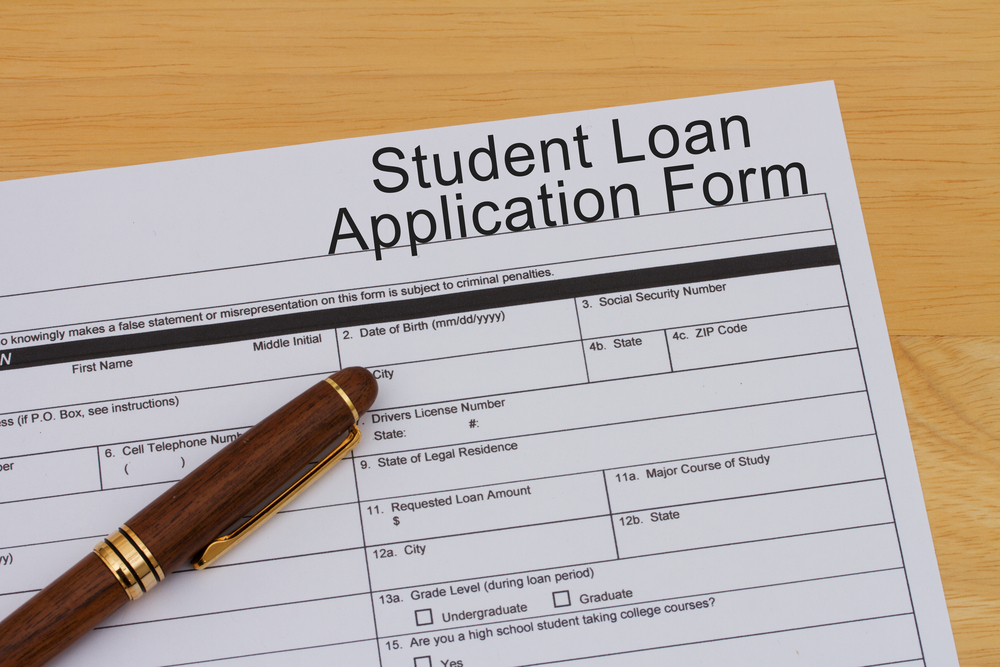Breaking
Students expect big debts but also think they’ll pay it off quickly: polls
TORONTO — Getting a post-secondary degree can be an expensive endeavour, but a recent survey suggests that most students believe they’ll be on track to pay off their student loans within five years of graduating.
The poll from CIBC found that about half, or 51 per cent, of post-secondary students said they would need to borrow money to pay for tuition, living expenses and books.
Although about a quarter expected to owe less than $10,000 by the time they graduate, almost three quarters (73%) expected to owe more than $10,000, including 40 per cent who said they’d likely be on the hook for $25,000 or more of student debt.
The Canadian Federation of Students says students in Ontario and the Maritimes have debt loAds averaging $28,000 at graduation, the highest in the country.
Yet despite the predictions of big debt, most students remain optimistic about their ability to eliminate it.
Sixty-six per cent surveyed believed they’d be able to pay down their debt within five years or less, while 34 per cent expected it would take them more than six years to be debt-free.
“While their intentions are admirable they may not be realistic,” said Christina Kramer, executive vice-president of retail and business banking at CIBC.
“As they look to start their careers, they will likely be moving out on their own, saving for a car, a down payment on a home, or getting married and having children. That’s why it’s important for them to manage the amount of debt they take on, develop a budget that helps them carefully manage their spending while in school and have a plan to pay off debt once they graduate.
”
Looking over the short term, another survey–this one by the Bank of Montreal–suggested that those going to college or university were planning on spending an average of $1,121 on school supplies.
It also found some regional differences between where students lived and how much they expected to spend. Those who live in Alberta expected to spend the most on back to school purchases with an average amount of $1,236; followed by Ontario students with $1,204. Those in Saskatchewan and Manitoba expected to spend the least, a combined average of $857.
According to the survey, a third (34%) of the students said they planned on using loans and scholarships to pay for these purchases. Thirty per cent said they were going to rely on financial help from friends and family, while about a quarter (27%) would be using credit.
It found the vast majority of students recently surveyed said most of their costs would be going towards textbooks (88%); new clothes (58%); computers or cell phones (41%); and furniture (20%).
The CIBC poll was conducted online by Leger, which surveyed 500 Canadian university or college students between July 10-17. The BMO survey was conducted by Pollara online between Aug. 1-8, with a sample of 600 Canadian post-secondary students.
The polling industry’s professional body, the Marketing Research and Intelligence Association, says online surveys cannot be assigned a margin of error as they are not a random sample and therefore are not necessarily representative of the whole population.






















